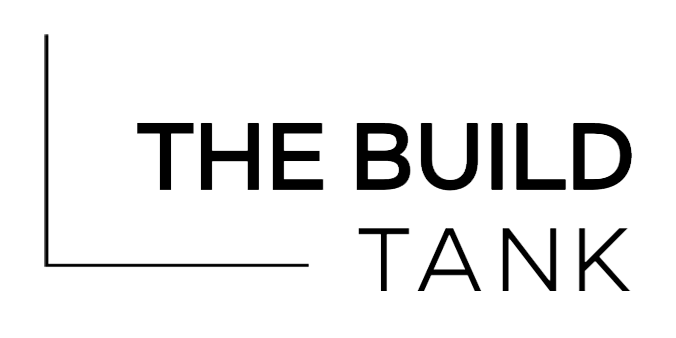Intake and Prioritization
If you want to boil down the complex role of a technology platform manager to its most critical essence, here's the job: Communicate, understand, prioritize, deliver. And then repeat, now and forever.
That’s the work of “intake and prioritization”. Doing this well means a never-ending cycle of regular meetings with the full range of stakeholders at your organization; Then prioritizing the swirl of fixes and ideas from those meetings into a coherent and strategic roadmap; Then overseeing relentless, high quality execution on those priorities.
If I had to name a second place responsibility, my silver medalist would be support and training, also essential. But note that technical work, as important as it is, didn’t make either of the top two spots in this list.
No, if you want a healthy and functioning ecosystem for technology platforms like CRMs and websites, the responsibilities that need to be covered first and foremost are intake and prioritization.
I realize that’s not the norm. In most organizations, the person in charge of a technology platform spends most of their time underneath the hood fixing the car. No doubt that can be very valuable. But it’s also often the most outsource-able skillset, and it’s not likely filling the key gap that is causing the most problems. The technical fixers fix and fix and fix and somehow people around the org aren’t getting much happier with the system.
Getting it right all starts with intake. Proactive intake. Getting out there and talking to people. Talking to everyone, regularly, always.
That means that a huge part of your weekly calendar should be filled up with regularly scheduled meetings with stakeholders. Not just check-ins during active projects, but regularly scheduled, recurring meetings on a repeating cadence. That should be the main pie slice of your time.
You check in on your colleagues’ work, you find out what’s working and not working, you ask them to share a screen. You’re constantly in intake mode, gathering everything from low-hanging fixes you can make in the moment to larger possible projects.
Because if you’re not constantly in communication with your whole range of stakeholders, you’re missing things. You simply cannot do effective platform management if you’re waiting for people to request something on a ticketing queue. You’re not alone if you do it this way, to say the least. But if our goal at the end of the day is for the system to actually support and power people’s work, then waiting for people to request things is not the way to accomplish it.
If you’re not in communication with your users, you can bet that unbeknownst to you, people aren’t using the system correctly. That they have created their own workaround shadow systems. That data quality is decreasing. That they don’t feel competent or empowered on how to use the tool in the first place. That frustration abounds.
And mostly simply, that you’re missing most of the good stuff – most of the valuable intel – because you’re not in active conversation with the people who could provide it to you. You don’t know what you don’t know, and if you’re not out there actively talking to people then you’re not knowing.
Of course I understand the temptation of a ticket system, especially when your capacity to execute is limited. But your primary motivation should not be to limit intake, regardless of your execution capacity. Instead, your aim is to gather everything possible on the table so you have a shot at the next key to the game, which is prioritization.
To most people, a heap of ideas and requests and projects of all shapes and sizes and urgencies is a hopeless, tangled mess. The possibilities are overwhelming, so there’s an understandable temptation to throw hands up and say, “your call will be answered in the order it was received.”
But to you, prioritization is your sport. This is your playing field. Over time you’ve learned that if you’re smart and persistent, you’re going to somehow crack this impossible code. You’ll spot the path through the forest. You’ll figure out how to get the big things in place while also moving along the small, important stuff. You’ll cook that four-course meal with everything coming out hot just when the guests are ready to eat.
This kind of puzzle solving is one of your most differentiated skills. When you somehow pull it off, you feel like a million bucks. And then when things predictably shift the next month, or week, or even day, you understand the landscape so well you can adapt without breaking a sweat.
Of course you also have to have the skills to manage delivery against that roadmap, and then communicate back to your stakeholders constantly. Which got a lot easier once you set up those regular meetings with everyone.
And of course your organization has to be willing to invest substantial enough budgets to support that delivery at a level of excellence, including tapping into top notch external expertise when needed. No sense assembling a brilliant roadmap to the promised land if you have no fuel to get your team there.
But it all starts with the intake and prioritization. And look, not everyone does those things well. It’s a specialized skillset, and your organization might have been hiring for something else, such as technical prowess. No shame in that, it’s perfectly understandable.
But if you've primarily got technicians on your technology, there may be a reorientation to be done. You may need to bring in someone with a different, communication and strategy-based skillset for the essential intake and prioritization layer. If you get the right person for that, your organization will steadily and reliably start to see everything turn around.

